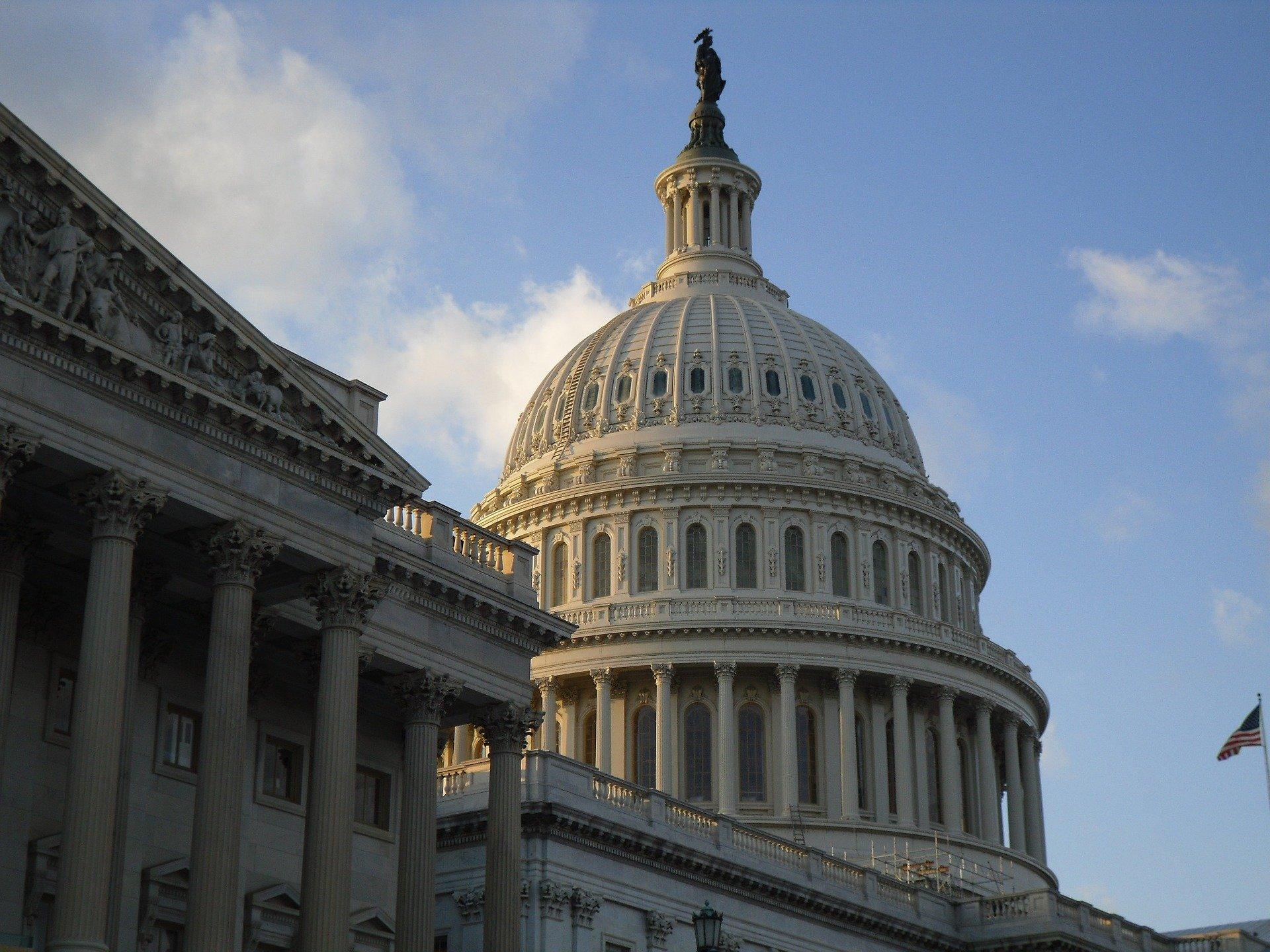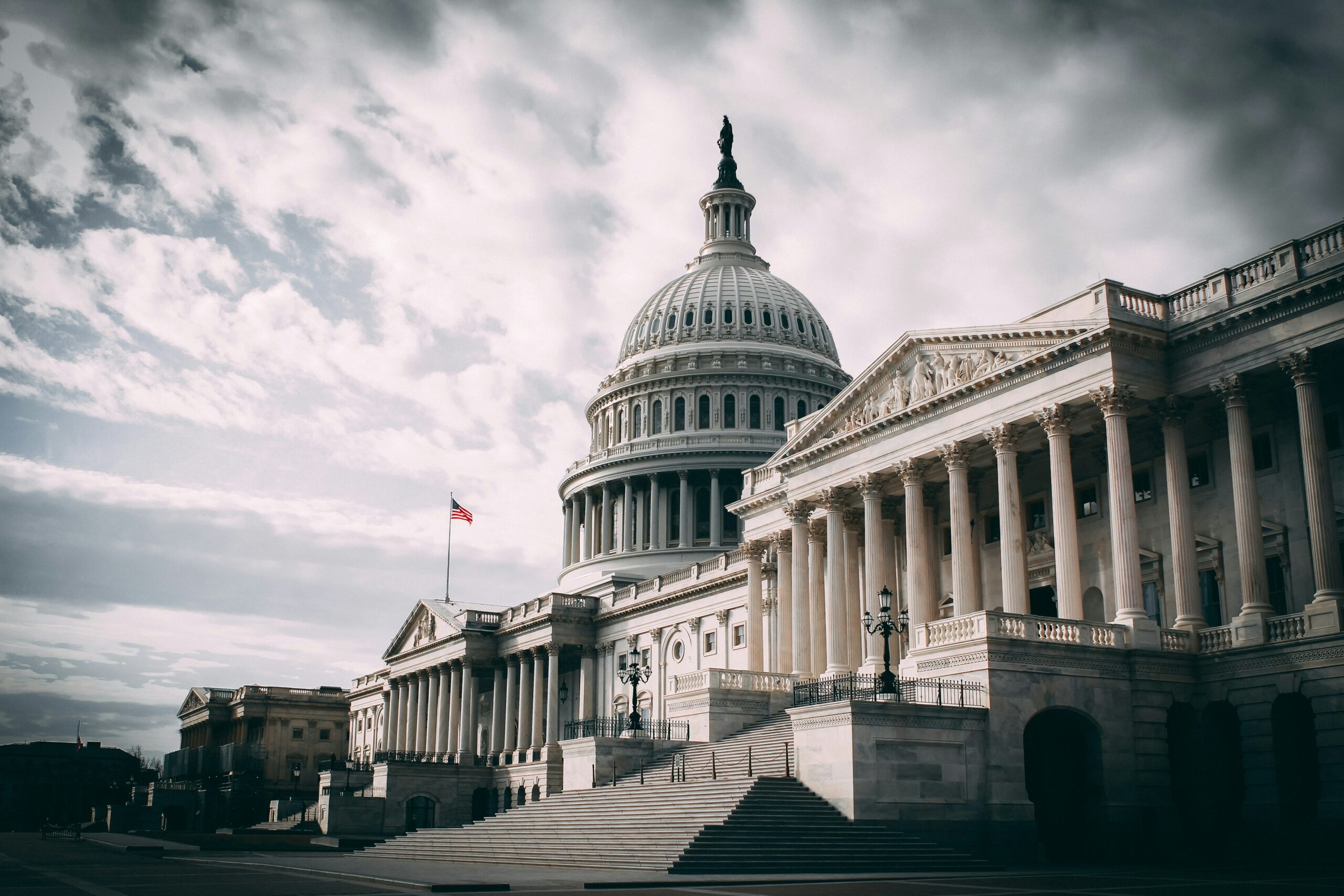
Author: Jonathan Harrington
In recent history, The Thrift Savings Plan has not been able to quickly adapt to required changes to the TSP that were part of federal legislation. For instance, it took the TSP nearly three years to enable participants to make Roth contributions which were directed by the TSP Enhancement Act of 2009 . The TSP Modernization of Act of 2017 included extremely important changes to withdrawal options in the TSP and it took two years for these changes to be implemented. The TSP’s response to the important temporary changes in the CARES Act is no different , as it is taking four months for them to fully implement changes that were supposed to be offered to participants as quickly as possible. Below is a summ ary of what the TSP has already done and what still has to be completed, along with a non-CARES Act major change to the TSP.
Loan Payments
If you currently have a loan from your TSP account, you can suspend making payments on the loan for the rest of 2020. This applies to both general purpose and residential loans that are offered to TSP participants.
Temporary Loan Options
TSP participants who meet the criteria of “qualified individual” ( see below ) can request to borrow up to $100,000 or 100% of their account balance (whichever is lower) up until September 18, 2020. This would be considered a “general purpose” loan and TSP participants can only have one of these types of loans at a time . S o , if another general-purpose loan is already in place, you would have to pay it off, wait 60 days and then request a new one. This could be accomplished by taking a temporary distribution (see below) and then paying off the current loan . If you have a civilian TSP and a uniformed services TSP, you can take a general-purpose loan from each of the accounts.
Temporary Withdrawals
As discussed above, TSP participants who meet the criteria of “qualified individual” below can currently (as of 6/16/2020) take hardship withdrawals and post – age 59 ½ withdrawals from their accounts of up to $100,000 and receive the favorable tax treatment provided by the CARES Act . Unfortunately, those wanting to take a Coronavirus Related Distribution (see below for details) have to wait until “late July 2020” before they will be able to take these types of distributions. The difference is that federal withholding of 10% or 20% will still be applied to the hardship and post age 59 ½ withdrawals.
Favorable CARES Act Tax Treatment
The CARES Act implemented several benefits that relate to distributions from retirement plans related to Coronavirus Related Distributions . As mentioned above, these types of withdrawals won’t be available for TSP participants until t he end of July, 2020 and continue until sometime in December, 2020 . These benefits are:
-
There will be no 10% additional tax on early distributions for participants who are under age 59 ½.
-
Federal tax withholding is not required.
-
The income from the distribution can be spread “ratably” over a three-year period, starting in 2020 or all of it can be included in 2020.
-
A ll , or part , of the amount of a C oronavirus Related D istribution can be repaid to the TSP or any other eligible retirement plan , such as an IRA , within three years after the date of the distribution. If the distribution is repaid you will be able to amend your tax return for the years that the income was included and subtract the income out like it never happened.
Qualified Individual Definition
-
You have been diagnosed with the virus SARS– CoV –2 or with coronavirus disease 2019 (COVID–19) by a test approved by the Centers for Disease Control and Prevention.
-
Your spouse or dependent (as defined in section 152 of the Internal Revenue Code of 1986) has been diagnosed with such virus or disease by such a test.
-
You are experiencing adverse financial consequences as a result of being quarantined, being furloughed or laid off or having work hours reduced due to such virus or disease, being unable to work due to lack of child care due to such virus or disease, closing or reducing hours of a business owned or operated by the individual due to such virus or disease.
Other (yet to be determined) factors as determined by the Secretary of the Treasury
More Lifecycle Funds
Starting July 1, 2020, the TSP is adding five funds to their Lifec ycle ( a.k.a. “L” Funds ) lineup . N ow the re will be 10 to choose from instead of the five currently available. They are adding the additional L Funds so that the target dates will be separated by only five years instead of ten . This allow s participants more flexibility in targeting their asset allocation to match their target retirement date and risk tolerance . The L 2020 Fund will be rolled into the L Income Fund and the L 2065, L 2060, L 2055, L 2045, L 2035 and L 20 2 5 will be added to the lineup. Although it appears from the TSPs graphical illustration of the L Funds Glide Path that the L 206 5 , L 2060, L 2055 will all have the same initial asset allocatio n .
Conclusion
The CARES Act made a lot of temporary changes to retirement plan in 2020. The TSP is implementing them, albeit slowly. These changes can be complicated . If you need assistance with your financial plan you can reach out to one of our advisors to review your perso n al situation.



